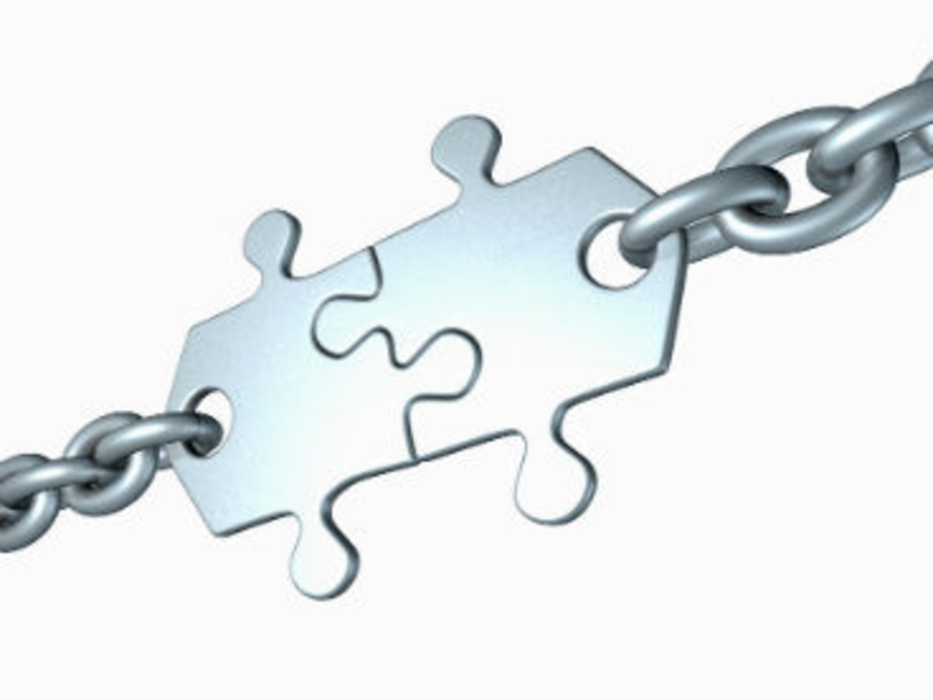Walt Disney once said: “Do what you do so well that [customers] want to see it again and bring their friends.” That insight makes an explicit connection between customer experience and loyalty. But is it a valid statement or just the ramblings of an eccentric visionary? Let’s take a look…
What does the research show?
To examine the connection between customer experience and loyalty, we analyzed two recent surveys with data from 10,000 U.S. consumers and 3,000 UK consumers. Our analysis examined consumer feedback on 206 U.S. companies and 66 UK firms.
We analyzed the correlation between the 2012 Temkin Experience Ratings and the 2012 Temkin Loyalty Ratings. To account for differences across industries, we normalized the data by comparing companies to their industry averages.
Our regression analysis uncovered a high correlation coefficient (R) of 0.83 for U.S. firms and .0.89 for UK firms. What does that mean in less technical terms? There’s a very high degree of correlation between customer experience and loyalty.
We compared the loyalty levels of companies that deliver significantly better customer experience than their competitors. Customers of the customer experience leaders are:
More likely to recommend. In the U.S. customer experience leaders have a 19.5 percentage-point gap with customer experience laggards in customers who are likely to recommend them. The gap is 19.1 percentage points in the UK.
More likely to buy more. In the U.S. customer experience leaders have 18.4 percentage-point gap with customer experience laggards in customers who are likely to recommend them. The gap is 16.5 percentage points in the UK.
Less likely to switch. In the U.S. customer experience leaders have 19.2 percentage-point gap with customer experience laggards in customers who are likely to recommend them. The gap is 19.8 percentage points in the UK.
The revenue impact of CX
Percentages are interesting, but what about the bottom line: dollars and pounds? We built a model to understand what a modest improvement in customer experience would mean to a $1 billon or GBP 1 billion firm. Over three years these customer experience improvements will lead to:
$380 million. Across the 18 U.S. industries we examined, the revenue increase ranges from $141 million for health plans to $382 million for fast food chains.
GBP 263 million. Across the six UK industries we examined, the increase ranges from £145 million for insurance carriers to £263 million for retailers.
Loyalty leaders and laggards
If you’re wondering which companies in our study have the highest and lowest levels of loyalty, here they are:
- Top 10 in loyalty in the U.S.: Sam’s Club. Aldi, USAA, Publix, Amazon.com, credit unions, H.E.B, Chick-fil-A, Starbucks, and Target.
- Bottom 10 in loyalty in the U.S.: Charter Communications, Citibank, Bank of America, HSBC, EarthLink, Time Warner Cable, Comcast, 21st Century, Health Net, and Days Inn.
- Top 10 in loyalty in the UK: John Lewis, Amazon.co.uk, Waitrose, Debenhams, Iceland, Alsi, M&S Food, Lidl, Marks & Spencer, and Play.com.
- Bottom 10 in loyalty in the UK: Capital One, MBNA, Churchill, Direct Line, Santander, Halifax Bank, Barclaycard, Lloyds TSB, Curry’s, and Royal Bank of Scotland.
The bottom line: Walt Disney was right: CX and loyalty go together like Mickey and Minnie.
| Bruce Temkin, managing partner and customer experience transformist at Temkin Group, a customer experience research and consulting company. He is widely viewed as a leading expert in customer experience. |








